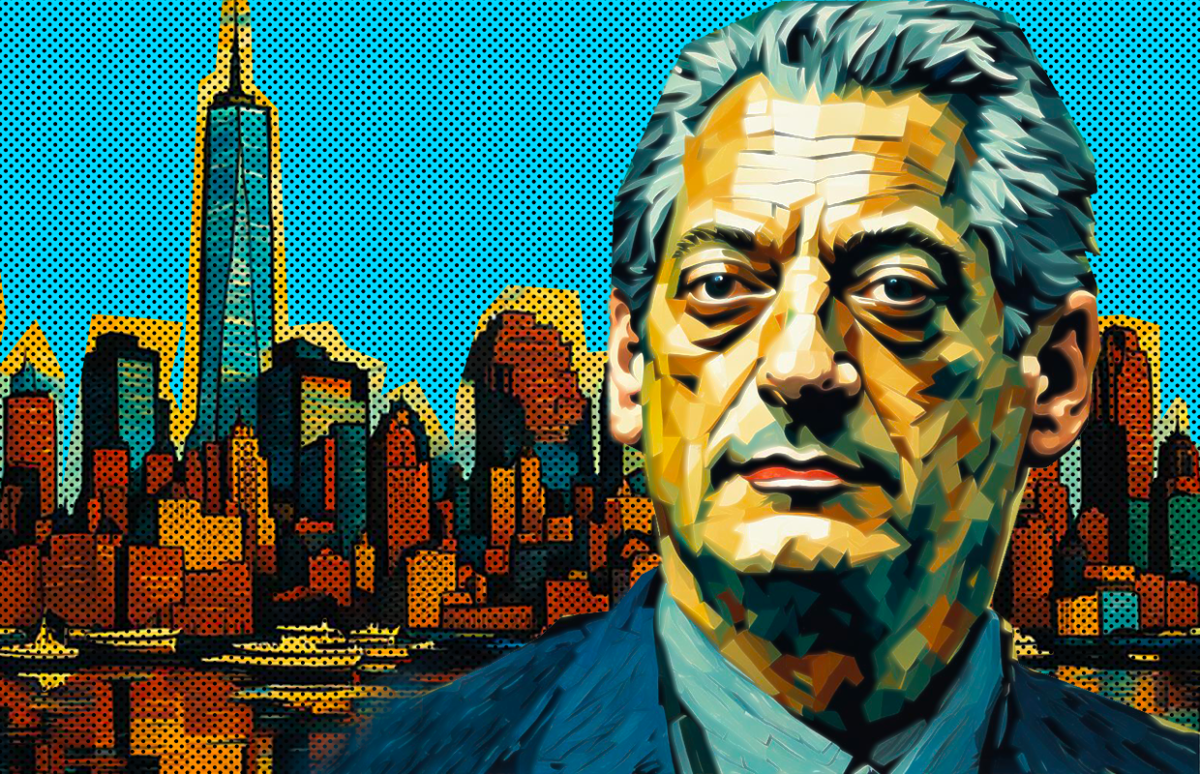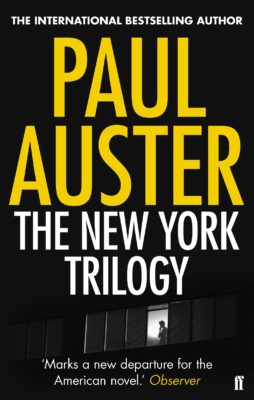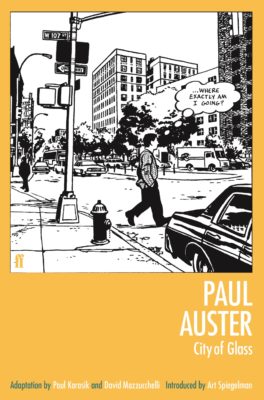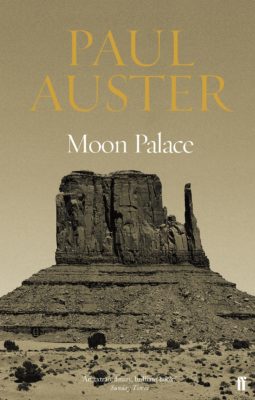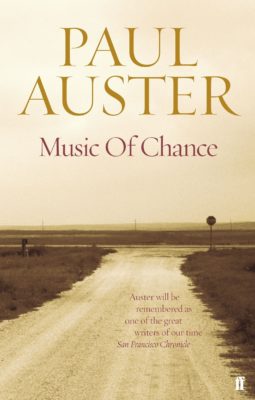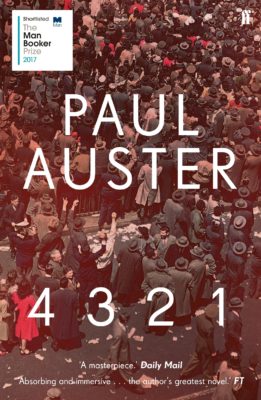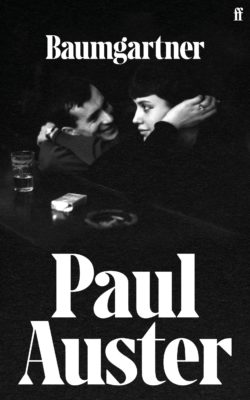Although he was one of the most cosmopolitan American authors, Paul Auster will forever remain indelibly linked with New York and specifically Brooklyn. The author of Moon Palace, The New York Trilogy and films such as Smoke, died there on 30 April at the age of 77 from lung cancer which had been diagnosed in December 2022.
Paul Auster leaves behind him a rich body of works dating from the 1970s right up until his death. If he is renowned primarily as a novelist, he also worked as a poet, essayist, and filmmaker. He gained international acclaim with his postmodern, existentialist novels that often explore themes of identity, chance, and the intricacies of human experience.
Paul Auster, born in Newark on February 3, 1947, was surrounded by the vibrant atmosphere of New Jersey and New York, where his grandparents lived. His love for literature came from his uncle Allen Mandelbaum, a translator, who introduced him to the world of words. Auster found solace in writing, crafting his first verses during his teenage years. Reflecting on his literary journey in 2018, Auster recalled how reading Dostoevsky's Crime and Punishment at the age of 15 ignited a deep passion within him: "This book completely transformed me to the point where I said to myself: if writing a book can evoke such emotion, then that's what I want to do."
Auster was a passionate follower of baseball,. He also joked that he became a writer after a fateful meeting with baseball great Willie Mays as a young boy. After missing out on getting Mays’ autograph because he didn’t have a pencil, the future scribe said he always made sure to keep a pencil or pen in his pocket, “because I didn’t want to be caught unprepared again.” He famously worked without a computer, preferring to write with a typewriter and stay off the Internet to avoid emails.
The Enigmatic World of Paul Auster: A Literary Journey
In 1965, Auster departed New Jersey to pursue studies in English, French, and Italian literature at Columbia University in New York City. "My grandparents lived here, my mother grew up here, so I came all the time when I was a child, and then I really wanted to go to college in New York," he remarked in La Grande Librairie in 2016. The city's density, vastness, and complexity held an irresistible allure for him. As Auster articulated, "When you have this city in your blood, the rest of America seems lost."
During his collegiate years, Auster embarked on his inaugural European voyage, sidestepping the Vietnam War. Between 1971 and 1974, he resided in Paris once more, subsisting on his translations of renowned literary figures such as Sartre, Blanchot, Mallarmé, Apollinaire, Du Bouchet, and the celebrated tightrope walker Philippe Petit.
In Paris, he forged a friendship with future German filmmaker Wim Wenders. Although harboring aspirations of becoming a filmmaker himself, Auster's timidity deterred him from pursuing admission to the IDHEC film school. He returned to America, having failed to materialize his aspirations for silent film. Yet, from this disillusioning experience, he would later draw inspiration for his poignant work, The Book of Illusions (2003).
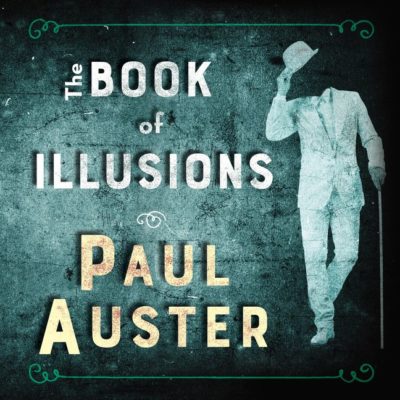
"The Invention of Solitude"
Upon his return to New York, Auster delved into freelance writing for various publications and commenced work on early drafts of his novels, including The Voyage of Anna Blum (1989) and Moon Palace (1990). Concurrently, Auster encountered and wed Lydia Davis, a budding short-story writer and academic, with whom he had a son, Daniel, who would later pursue photography.
However, the trajectory of Auster's life took a significant turn in 1979. Economic hardships precipitated his divorce from Davis, and shortly thereafter, the unexpected death of his father, Samuel Auster, at the age of 66, catalyzed a profound introspection.
One of Auster's most notable works came in 1985 with The New York Trilogy, a collection of three interconnected detective stories – City of Glass, Ghosts, and The Locked Room. This seminal work showcases Auster's masterful manipulation of postmodern literary conventions, blurring the line between reality and fiction, and challenging conventional storytelling techniques. Readers are drawn into a labyrinth of identity, truth, and the enigmatic nature of human existence.
Auster's exploration of the self and the human condition is a recurring theme in his literature. His novel Moon Palace delves into the complexities of identity and the search for meaning, while The Music of Chance delves into the themes of fate, chance, and the consequences of our choices. His writing style, introspective and philosophical, invites readers to contemplate their place in the world and the forces that shape their lives.
Beyond his novels, Auster's non-fiction works offer profound insights into his literary philosophy and the art of storytelling. His memoir, The Invention of Solitude, is a poignant exploration of loss, grief, and the complexities of father-son relationships. Furthermore, his essays, such as those in The Art of Hunger and The Red Notebook, provide a window into Auster's thoughts on literature, politics, and the human experience.
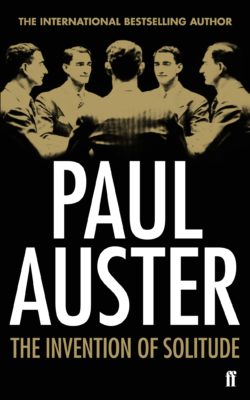
As a writer, Paul Auster's ability to craft intricate narratives, weave existential themes, and evoke profound emotions has solidified his place in the pantheon of literary greats. His work continues to inspire and challenge readers, inviting them to ponder the complexities of existence and the enigmatic nature of the human spirit. Paul Auster's literary legacy is a testament to the enduring power of storytelling and the boundless depths of the human imagination.
On the Silver Screen
Several of his works, including his 1990 novel The Music of Chance, were adapted for the screen and Auster was behind the camera for a number of them. Harvey Keitel starred in the 1995 drama Smoke, about a Brooklyn cigar store and its various patrons played by William Hurt and Giancarlo Esposito. Working as a screenwriter, Auster embellished his short story that originally appeared as a Christmas Day op-ed in The New York Times, employing “the film medium as an extension of his literary art,” according to the Los Angeles Times’ review. The film won him the Independent Spirit Award for first screenplay.
He re-teamed with Smoke director Wayne Wang later that year and they co-directed the sequel, Blue in the Face, which brought back Keitel and Esposito and also starred Lou Reed, Mira Sorvino and Madonna. He is also credited on the screenplay for Wang’s 2001 romance The Center of the World.
Auster wrote and directed the 1998 mystery drama Lulu on the Bridge, which again starred Keitel and Sorvino and was nominated for the Un Certain Regard prize at the Cannes International Film Festival.
Auster's work has been translated into over forty languages and has won numerous awards, including the PEN/Faulkner Award for Fiction, the Prix Prince des Asturies, and the Commandeur de l'Ordre des Arts et des Lettres. He was a member of the American Academy of Arts and Letters and the American Academy of Arts and Sciences.
Here are some of Paul Auster's most famous works:
The New York Trilogy (1986–1994)
Moon Palace (1989)
Leviathan (1992)
Timbuktu (1999)
The Book of Illusions (2002)
Oracle Night (2003)
4 3 2 1 (2007)
Baumgartner is his final book (2023, the French translation was being published just as he died.)
Tag(s) : "American literature" "Brooklyn" "film" "literature" "LLCER" "Moon Palace" "New York" "Paul Auster" "Reading Guides" "Shine bright LLCER" "U.S. literature"





